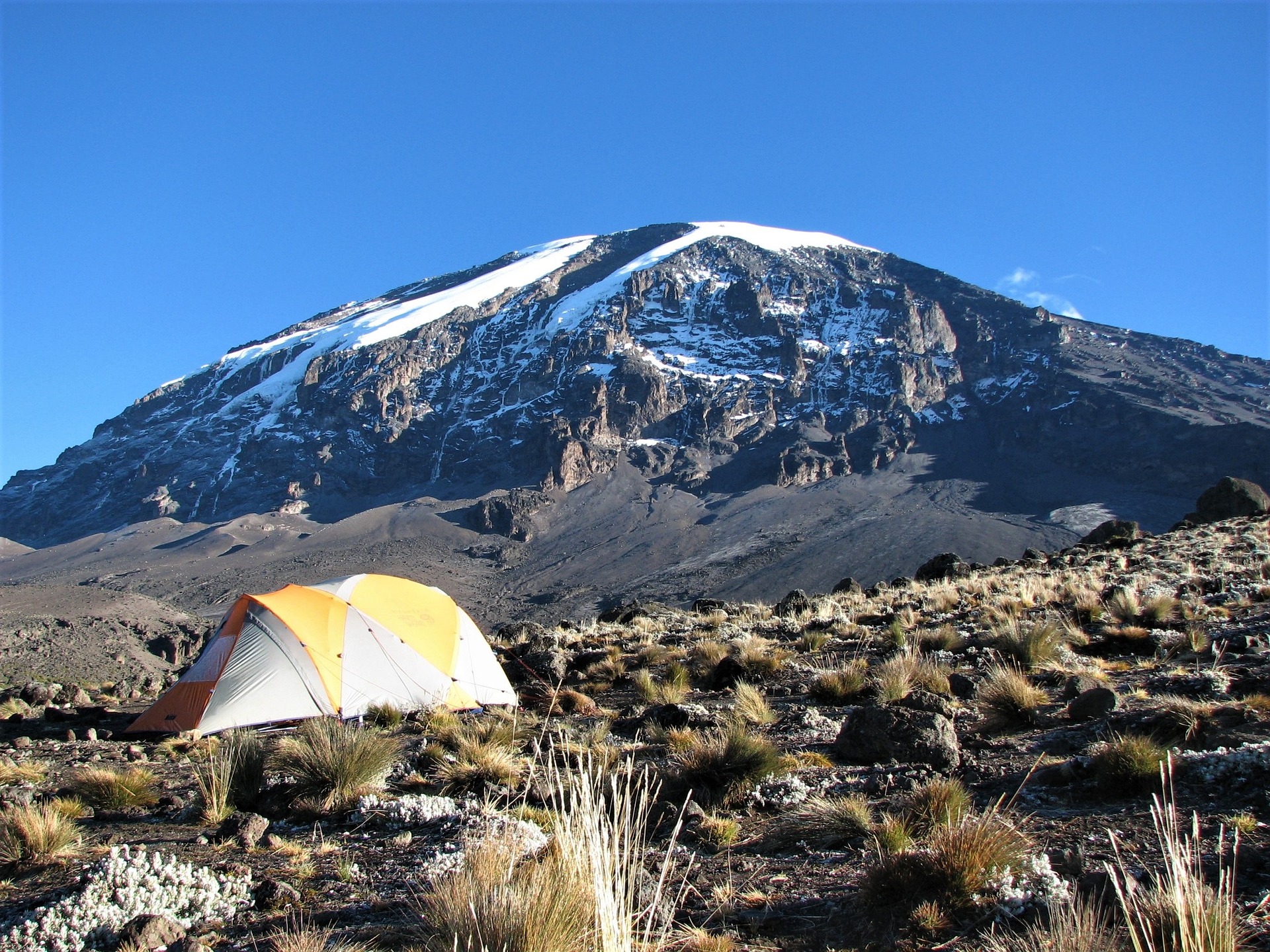$2,100/
Per PersonThe 6-day Kilimanjaro trek via the Rongai route is a remarkable adventure that offers trekkers a unique opportunity to experience the beauty of Africa’s highest peak while enjoying a less crowded ascent. The Rongai route, which approaches Kilimanjaro from the northern side, is known for its stunning landscapes, diverse ecosystems, and gradual ascent, making it an excellent choice for both novice and experienced climbers. Below is a detailed itinerary and essential information to help you prepare for this unforgettable journey.
Included and Excluded
- Accommodation on mountain.
- Meals: Breakfast, lunches & Dinner
- Professional mountain guides for trekking.
- Porters to carry equipment and supplies
- Cook Staff to prepare meals during the trek.
- Kilimanjaro Park Fees
- Environmental and Conservation Fees
- Airport Transfers
- Tents and cooking equipments
- Safety Equipment
- Rescue Services
- Medical Support
- Achievement Certificate: Upon reaching Uhuru Peak.
- International Flights: Airfare to and from Kilimanjaro International Airport.
- Visa Fees: Tanzanian visa on arrival (if applicable).
- Travel Insurance: Mandatory travel insurance, including coverage for high-altitude trekking.
- Tipping: Tips for guides, porters, and cooks.
- Personal Equipment: Clothing, hiking boots, and other personal trekking gear. Sleeping bag (can be rented).
- Meals in Arusha|Moshi: Lunch and dinner before and after the trek in Moshi | Arusha (unless included in the hotel stay).
- Optional Tours: Any additional activities or tours before or after the trek, such as safaris or Zanzibar trips.
Route Highlights
- Lush Rainforest
- Stunning Views of Kibo Peak
- Unique Flora and Fauna
- Acclimatization Opportunities
- Descent Through Diverse Landscapes
Itinerary
Arrive in Arusha / Moshi, where you'll meet your guide for a pre-trek briefing and gear check. This is your chance to ask any last-minute questions and ensure you’re fully prepared.
- Accommodation: Overnight at a hotel in Arusha / Moshi.
After breakfast, you will drive to the Rongai Gate, where you will complete the necessary park registration. The trek begins through lush rainforest, where you may encounter various wildlife, including monkeys and colorful bird species. The trail is relatively gentle, allowing for a comfortable introduction to the trek. Upon reaching Simba Camp, you will enjoy dinner and rest for the night.
- Distance: Approximately 8 km (5 miles)
- Hiking Time: 4-5 hours
- Elevation: Start at 1,950 m (6,398 ft) and camp at 2,620 m (8,600 ft)
The day begins with a hearty breakfast before setting off towards Second Cave. The trail gradually ascends through moorland, offering stunning views of the Kibo peak. This section of the trek is characterized by unique vegetation, including giant heathers and lobelias. Upon arrival at Second Cave, you will have lunch and the option to take an acclimatization hike to the nearby Third Cave for additional views.
- Distance: Approximately 6 km (3.7 miles)
- Hiking Time: 3-4 hours
- Elevation: Camp at 3,450 m (11,319 ft)
This shorter trek allows for better acclimatization as you ascend to Mawenzi Tarn, located at the base of Mawenzi Peak. The hike offers breathtaking views of the rugged Mawenzi landscape. Upon arrival, you will have the afternoon to rest, explore the area, and prepare for the summit attempt. The stunning scenery makes this a highlight of the trek.
- Distance: Approximately 7 km (4.3 miles)
- Hiking Time: 3-4 hours
- Elevation: Camp at 4,330 m (14,200 ft)
After breakfast, you will continue your ascent to Kibo Camp. The trail traverses a rocky landscape, and as you gain altitude, the air becomes thinner. Upon reaching Kibo Camp, you will have an early dinner and a chance to rest before the summit attempt. It is crucial to hydrate and prepare mentally for the night ascent.
- Distance: Approximately 9 km (5.6 miles)
- Hiking Time: 5-6 hours
- Elevation: Camp at 4,700 m (15,420 ft)
You will begin your summit attempt around midnight. The trek to Uhuru Peak is challenging, with steep sections and a significant altitude gain. The goal is to reach the summit by sunrise, allowing you to witness the breathtaking views from the roof of Africa. After celebrating your achievement and taking photos, you will descend back to Kibo Camp for a well-deserved rest.
- Hiking Time: 5-7 hours
- Distance: 20 km (12.5 miles)
- Habitat: Montane Forest
- Accommodation: Overnight at a hotel in Arusha / Moshi (optional).
On your final day, you will complete your trek by descending to Marangu Gate. The descent is relatively straightforward, and upon reaching the gate, you will receive your summit certificate as a testament to your achievement. Afterward, you will be transferred back to your hotel in Moshi or Arusha for a celebratory dinner.
- Distance: Approximately 20 km (12.4 miles)
- Hiking Time: 5-7 hours
After breakfast, you will be transferred to Kilimanjaro International Airport or Arusha Airport for your departure, or you can continue your adventure with a safari or a trip to Zanzibar.
Mt. Kilimanjaro Frequently Asked & Question
Book This Tour
Reserve your ideal trip early for a hassle-free trip; secure comfort and convenience!






